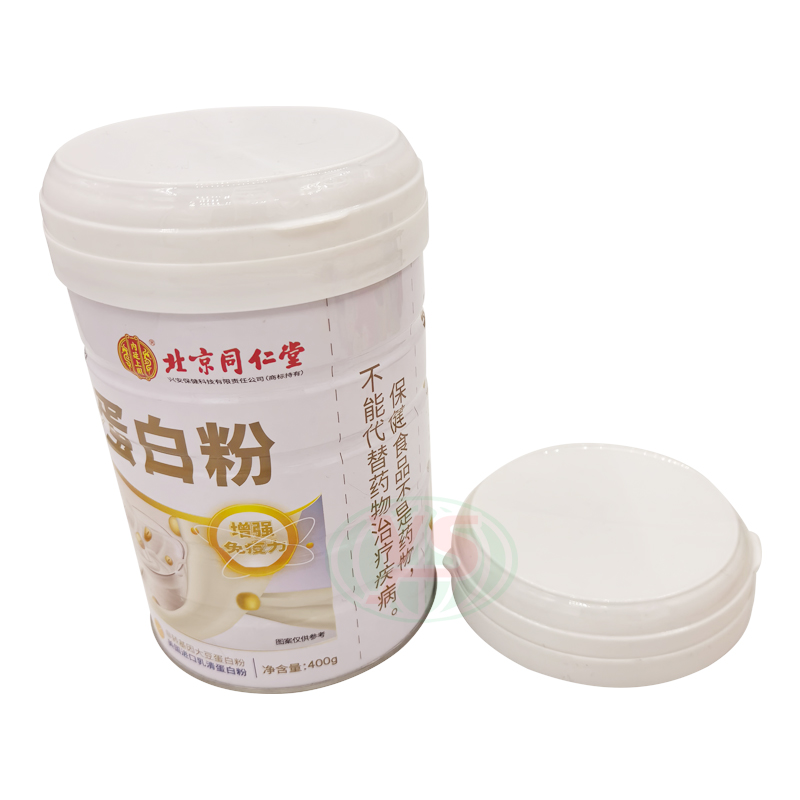Plastic injection moulding is a widely used manufacturing process that involves injecting molten plastic into a mould to create a specific shape. This process is utilized for producing an extensive range of plastic components, from small household items to large industrial products.

Plastic injection bucket cap moulds are essential for producing durable, secure, and functional caps for plastic buckets. These caps are used in diverse sectors, including food and beverage, chemicals, pharmaceuticals, and even industrial products. This article will explore the key aspects of plastic injection bucket cap moulds, how they work, and their impact on manufacturing processes across different industries.
A plastic injection bucket cap mould is a specialized tool designed to form the lids or caps that fit securely on plastic buckets. These moulds are designed to produce bucket caps with high precision, ensuring a tight seal to prevent leakage and contamination. Plastic bucket caps typically come in various designs, such as screw-on, snap-on, or flip-top lids, depending on the intended use and the specific requirements of the product being packaged.
The mould itself is typically made from durable materials such as steel or aluminum, which are capable of withstanding the high temperatures and pressures involved in the injection moulding process. The precision and complexity of the mould are crucial factors in determining the quality and functionality of the final product.
How Plastic Injection Bucket Cap Moulds Work
The plastic injection moulding process begins by melting plastic pellets or granules in a heated barrel, turning the plastic into a liquid state. The molten plastic is then injected into the mould cavity under high pressure. Once the plastic fills the mould, it is allowed to cool and solidify, taking the shape of the bucket cap. The mould is designed to allow for easy ejection of the finished product once it has cooled sufficiently.
The entire process is highly automated and controlled by advanced computer systems that regulate temperature, pressure, and timing. This ensures that each cap produced is uniform in shape and size, meeting the exact specifications required by the customer. The key steps in the process include:
Mould Design: The mould is designed using CAD (Computer-Aided Design) software to ensure the precise dimensions and features of the cap, such as threading, grooves, or tamper-evident rings.
Injection: The plastic material is injected into the mould cavity, filling the design's features and taking on the shape of the cap.
Cooling: Once the mould is filled, the plastic is cooled and solidified, which may take a few seconds to a minute, depending on the size and complexity of the cap.
Ejection: After cooling, the cap is ejected from the mould, ready for inspection and packaging.
Types of Plastic Materials Used for Bucket Cap Moulds
The choice of plastic material used for bucket cap moulds depends on several factors, such as the intended application of the bucket and the specific requirements for strength, flexibility, and resistance. Common materials include:
Polypropylene (PP): This is one of the commonly used materials for bucket caps due to its durability, chemical resistance, and cost-effectiveness. PP is also lightweight, which makes it ideal for packaging products such as food, chemicals, and cleaning agents.
High-Density Polyethylene (HDPE): HDPE is another material frequently used for producing plastic caps. It is known for its strength, impact resistance, and ability to resist moisture, making it suitable for products that need secure, leak-proof seals.
Polyethylene Terephthalate (PET): PET is often used for caps that require higher clarity or a higher level of resistance to temperature fluctuations. This material is ideal for packaging beverages or other consumer products that require a visually appealing and strong closure.
Polyvinyl Chloride (PVC): PVC is used in some cases where the cap requires extra durability, chemical resistance, or the ability to withstand a higher range of temperatures. However, it is less commonly used compared to PP and HDPE due to its relatively higher cost.

Mold material: S136H 、718H、NAK80、 P20、2738、8407、SKD61、H13Mould cavity number: single cavity, multi cavityProcessing accuracy: 0.05mmMold

We have ISO9001 international quality management system and experience in controlling production costs in China. Therefore, we can help you save 20% -


Mold material: S136 HRC48-52Manufacturing process: CNC milling, CNC machining, EDM/wire cuttingWe are equipped with the world's top precision machinin

Our liquid transfer gun suction head medicine mould is made of high-quality materials as a whole. There are no burrs at the tip and mouth of the produ

The mold has a short injection cycle, high efficiency, long life, and low cost. Adopting the special flow channel design of the international advanced

This type of mould is assembled from outer cap and an inner anti-theft ring. The outer cap is automatically rotated and pushed out by a hydraulic moto